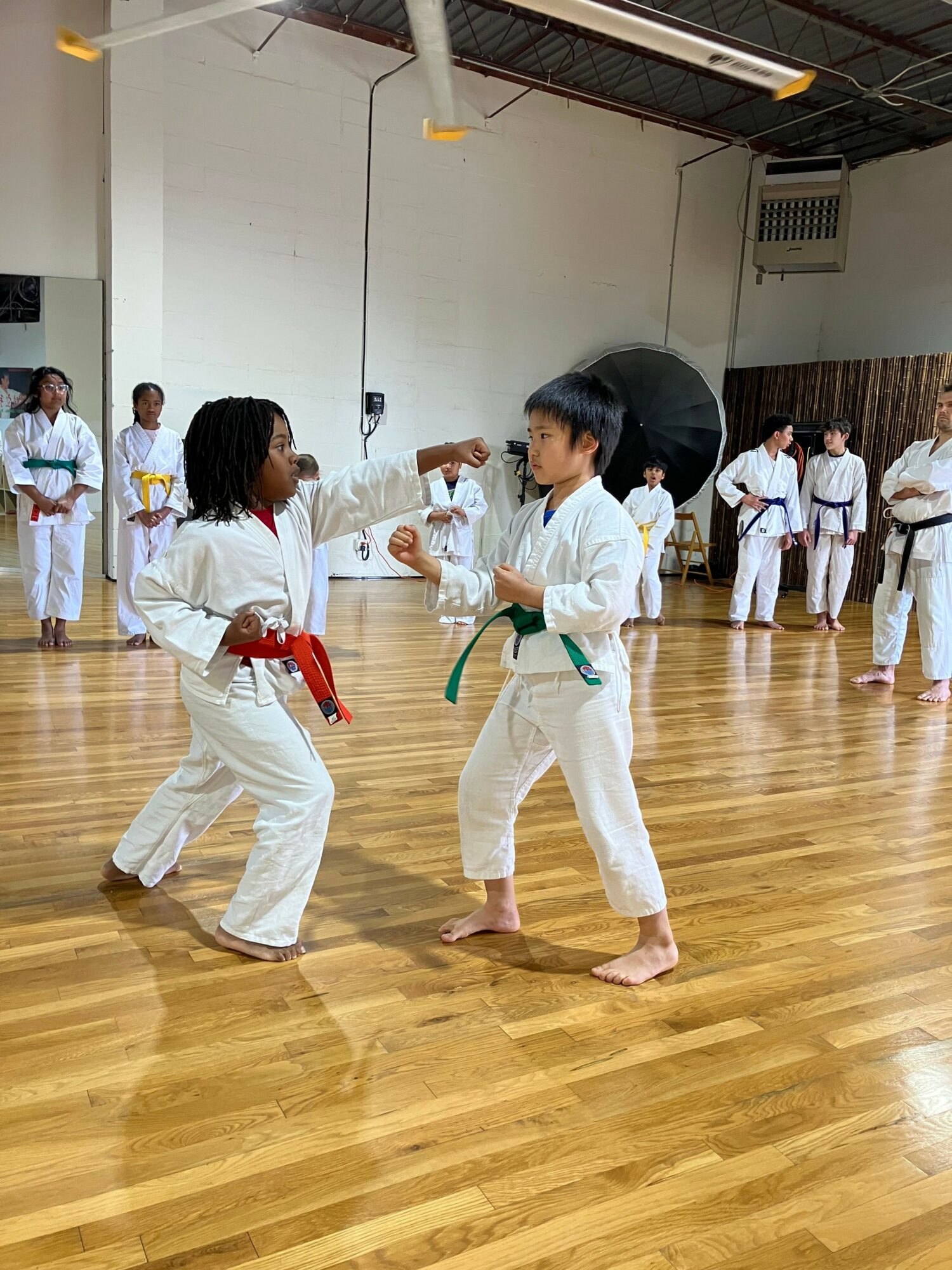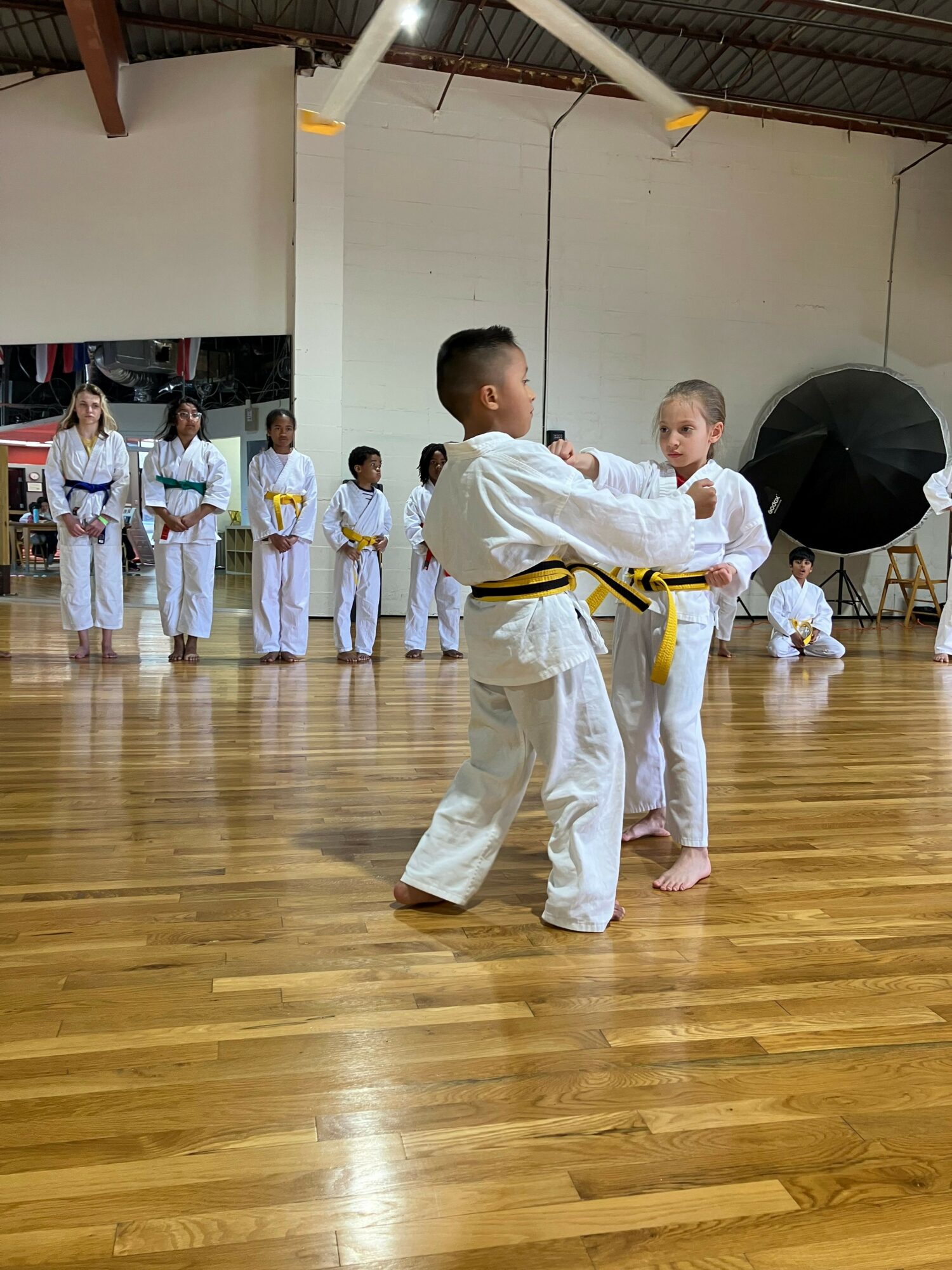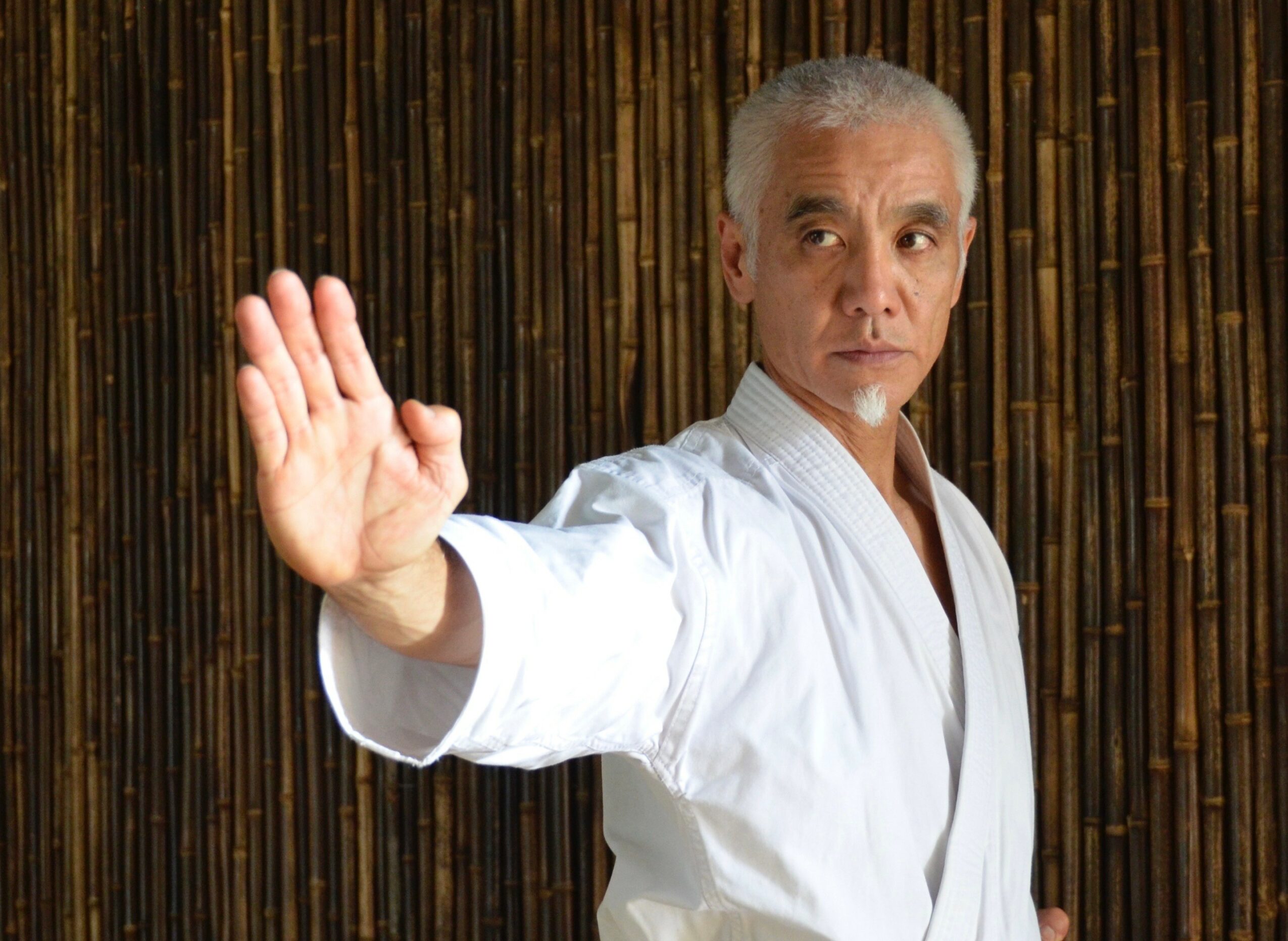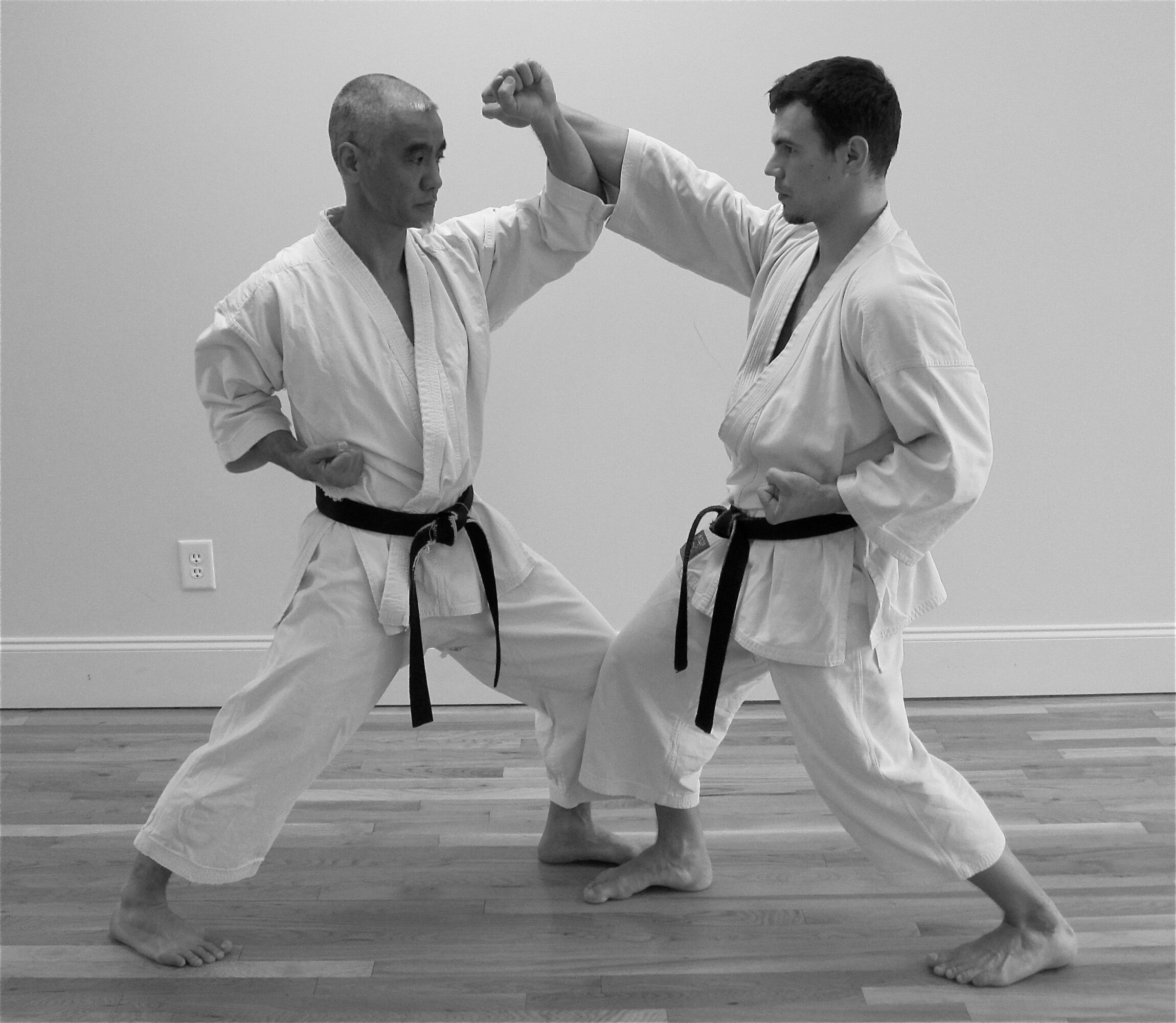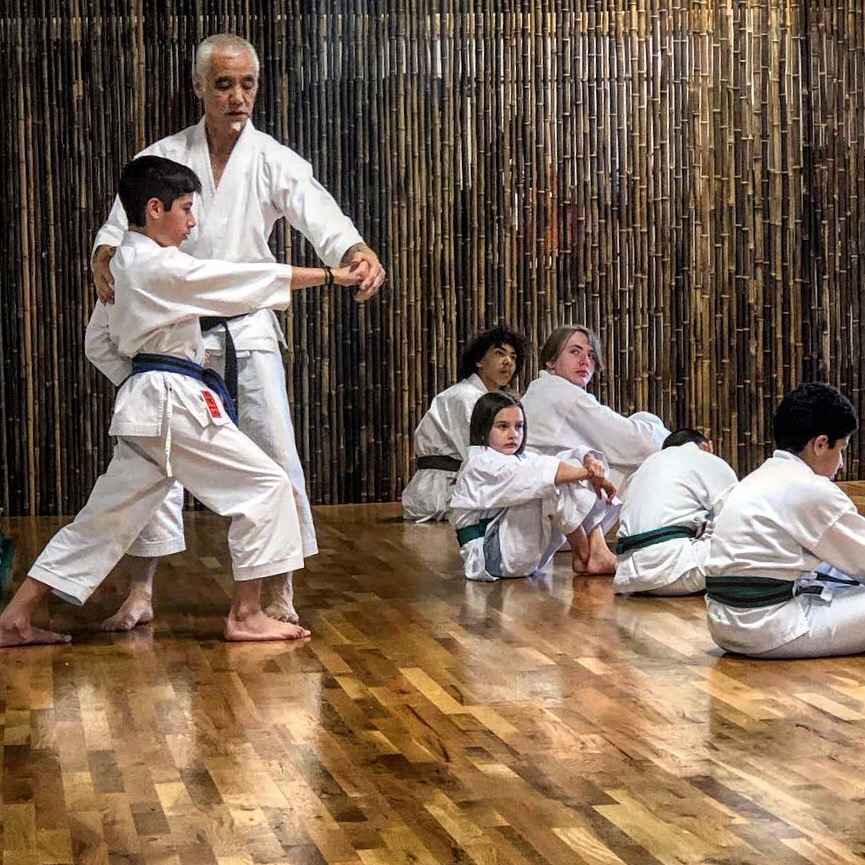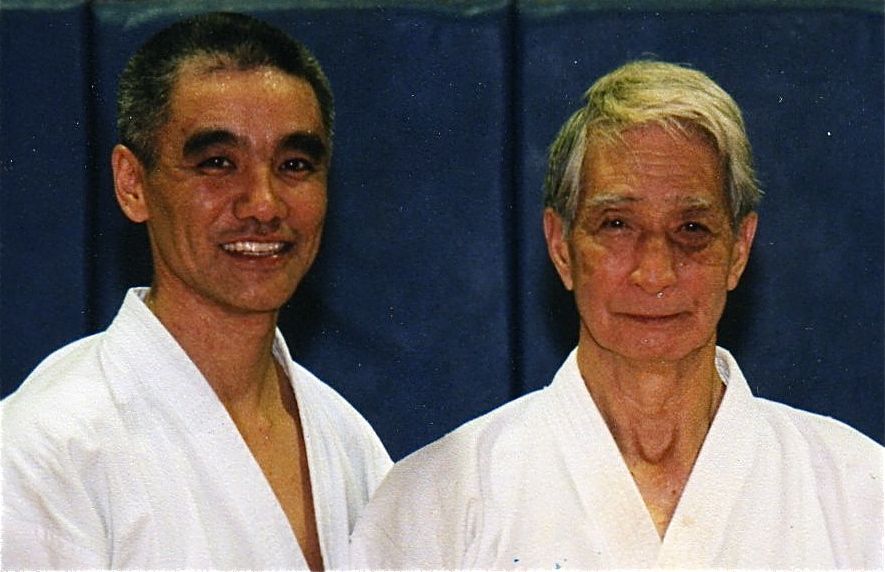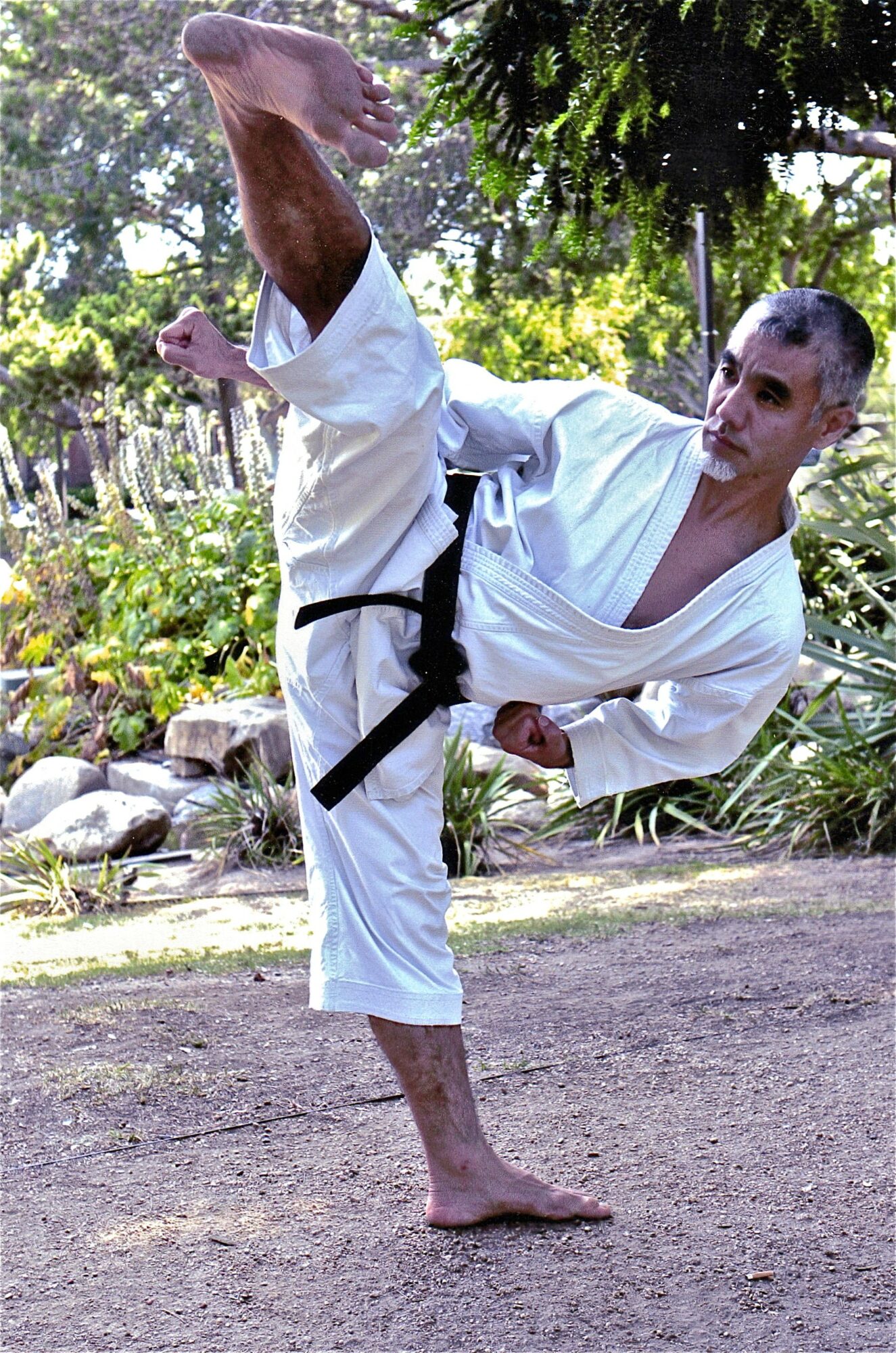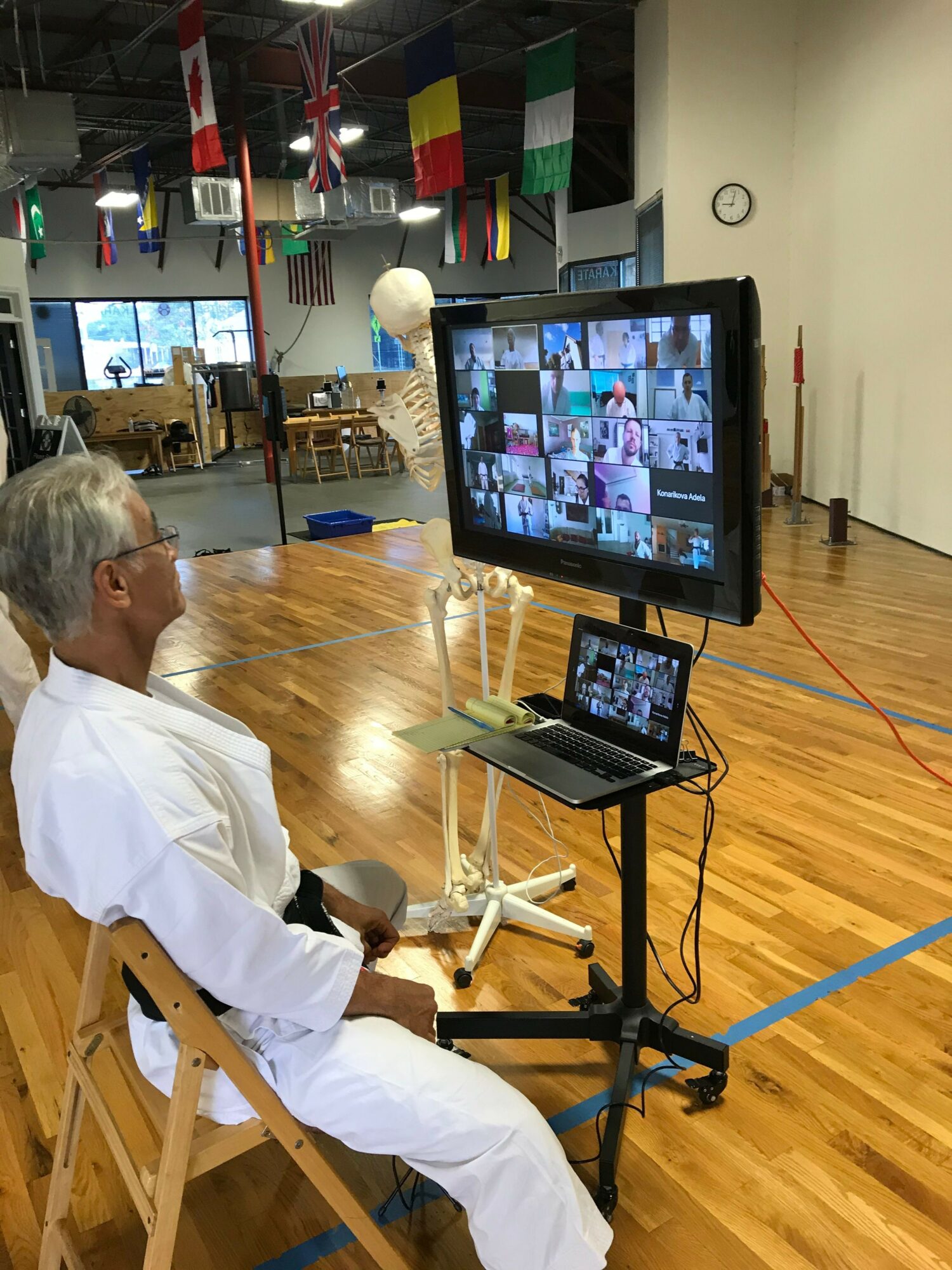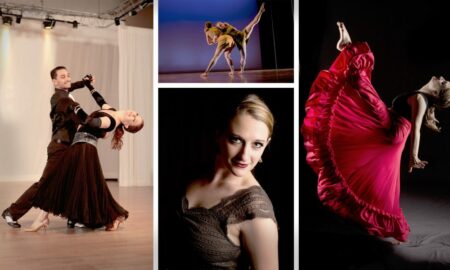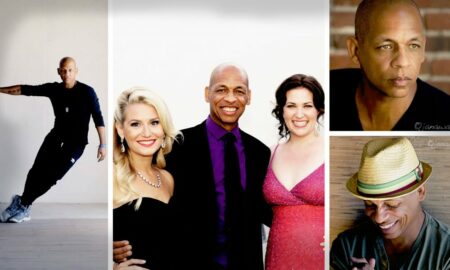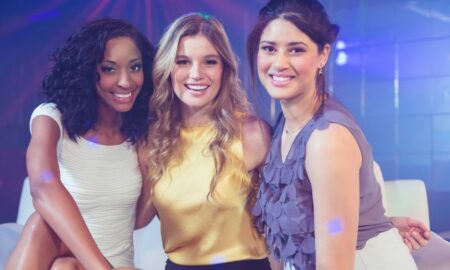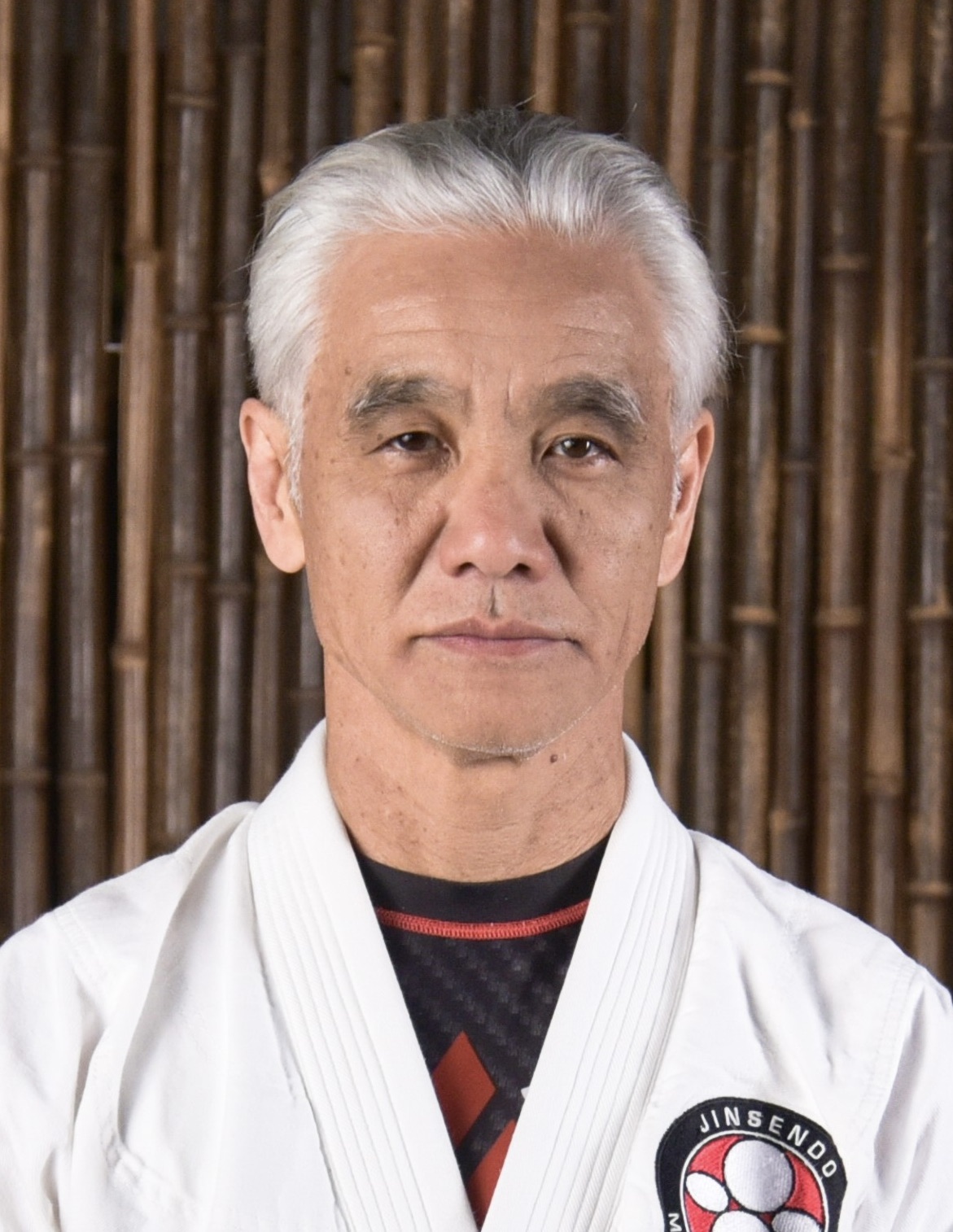

Today we’d like to introduce you to Toru Shimoji
Hi Toru, so excited to have you on the platform. So before we get into questions about your work-life, maybe you can bring our readers up to speed on your story and how you got to where you are today?
My family immigrated from Okinawa, Japan, to the United States in 1970. The first time I saw Bruce Lee, I knew—without a doubt—that I wanted to do martial arts for the rest of my life. But since my family couldn’t afford to send me to a Karate school, I started learning from a book I borrowed from the local library. That was my first step into this world.
When we moved to Hawaii, I was finally able to train at a dojo in Kaneohe. After leaving Hawaii in 1979, I traveled around, training and competing in various places—mostly in the South. A few years later, I returned to Hawaii and got serious about Shotokan Karate under JKA instructor Ed Fujiwara. When I reached the point of testing for black belt, he gave me two options: go to Los Angeles to study under a famous Karate teacher or go to Japan. I decided to do both—but started with LA first.
I began my journey with Hidetaka Nishiyama in 1982 and trained under him until 1991. After earning my Kinesiology degree from UCLA, I felt drawn to explore Karate’s roots, so I packed my bags and headed to Okinawa, Japan, to study Goju-ryu. It was an eye-opening experience that deepened my understanding of movement and tradition.
When I returned to the U.S. in 1996, I wanted to help Nishiyama Sensei build the South Atlantic region of his U.S. Karate organization. Atlanta made the most sense as a home base—it was centrally located, making it easy to travel and teach in different states. We started small, renting a room in a dance school in Roswell. A couple of years later, we managed to get our own space—a humble 1,100-square-foot spot in Doraville. Then in 2006, thanks to a student’s help, we found a better location in Smyrna. By 2015, we moved just a mile down the road to a larger facility, and we’ve been here ever since.
Now, at Jinsendo Martial Arts, we run two strong programs—Traditional Karate and Gracie Jiu-Jitsu—for adults and kids alike. It’s a place where families and individuals can train in a safe, welcoming, but serious environment. More than just a dojo, it’s a space where people can experience Budo—not just as a martial art, but as a way of life.
I’m sure it wasn’t obstacle-free, but would you say the journey has been fairly smooth so far?
Running a dojo as a business is a challenge in itself. Over the years, I’ve had countless calls from companies—and even fellow martial artists—telling me I should adopt more commercial strategies. Things like locking students into long-term contracts, offering trendy fitness classes, or making belt promotions easier. But that’s never been my way.
There were some rough times financially. There were days when all I could do was cover expenses, with nothing left to live on. Honestly, I don’t know how I managed, but somehow, both the dojo and I always pulled through. When COVID hit, I really thought I might lose everything—25% of our students dropped out almost overnight. But the core students stayed, we all stuck together, and we weathered the storm. And in the end, we came out of it even stronger, with tighter bonds and a renewed sense of purpose.
I believe that any worthwhile pursuit—whether it’s an art, a craft, or a personal goal—comes with challenges that test your character, resolve, and spirit. These challenges force you to ask yourself, Why am I doing this? and How much am I willing to give to make it work?
For me, the answer has always been clear. My focus has never wavered—my mission is to provide a place where students can experience authentic Japanese martial arts. The training is demanding, and it’s meant to be. It pushes you to your limits, forcing you to focus, persevere, and reflect on yourself. But that’s what leads to real growth. In the end, martial arts hold you accountable, and as you advance, the responsibility only increases.
Alright, so let’s switch gears a bit and talk business. What should we know about your work?
Both of our programs are authentic and deeply rooted in tradition. The Gracie Jiu Jitsu program is led by Randy McElwee Sensei, who heads Gracie Jiu Jitsu Athens. Our Traditional Karate program is under my direction, based on the training system I studied under Nishiyama Sensei, along with the invaluable experience I gained while training in Okinawa under Kuba Sensei.
With a degree in Kinesiology, I approach movement through a biomechanical lens, and I firmly believe that physical health is best supported through dynamic, properly integrated movement. Our student numbers are well balanced between the adult and youth programs, reflecting a strong and growing interest in both disciplines.
Beyond teaching and training, I’m currently working on a book. My ongoing research into body mechanics as applied to Traditional Karate has led me to a key realization: the principles at the heart of traditional Japanese martial arts—when understood through correct movement mechanics—are truly universal. They can enhance not only martial arts, but also athletic performance, artistic movement, and everyday body usage.
I maintain a daily personal practice and continue researching ways to refine and deepen this beautiful art. It keeps me sharp, focused, and—honestly—pretty intense. I also travel regularly to conduct instructor seminars throughout Europe, South America, the United States, and Canada. Teaching gives me the opportunity to share insights and discoveries from this lifelong journey.
When I find a bit of free time, I retreat to my small workshop, where I create abstract and figurative sculptures in wood, metal, and stone—often blending the materials. Inspired by masters like Julio González, Michelangelo, and Musashi, sculpture for me is simply another extension of martial arts. It’s a physical dialogue with balance, rhythm, and energy—only instead of expressing it through the body, I shape it through my hands.
What makes you happy?
Everything! Every morning I wake up, I’m grateful just to be alive—to breathe, to move, to keep going. As I get closer to my twilight years, I find myself reflecting on all the things I’ve been fortunate enough to experience. And honestly, I feel very fortunate.
My teachers, mentors, and friends—past and present—continue to inspire me, pushing me to keep growing. That drive hasn’t faded; if anything, it’s only intensified. I double down on my training, dive deeper into my research, and keep chasing the mysteries of human movement and expression.
The fact that I get to spend my life doing something I’m passionate about—it’s more than I could ever ask for. My passion isn’t just my career; it’s my way of life. And for that, I’m deeply grateful.
Contact Info:
- Website: https://www.jinsendo.com
- Instagram: jinsendomartialarts
- Facebook: Jinsendo Martial Arts
- Youtube: Jinsendo Karate
